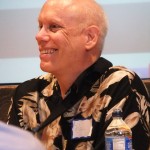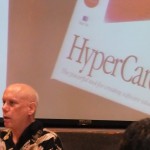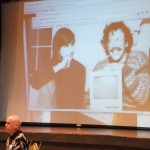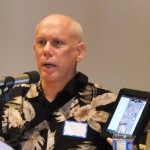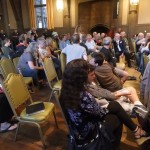Hi-tech has always been male-dominated. It is no longer Caucasian-dominated, I’m happy to say: I work with people from all sorts of ethnic persuasions. But there are still far too few women in the field. I just returned from a business trip where my ten customer meetings included a total of just two women. For many years I was a Unix systems administrator, and I regularly attended the Usenix LISA conference. Over a twenty-year span, the number of women attendees slowly grew from a tiny fraction to about 10%, but of course it should be 50%.
Today the San Francisco Chronicle ran this article about Black Girls Code, a San Francisco non-profit. Founder Kimberly Bryant writes:
By launching Black Girls Code, I hope to provide young and pre-teen girls of color opportunities to learn in-demand skills to at a time when they are naturally thinking about what they want to be when they grow up. That, really, is the Black Girls Code mission: to introduce programming and technology to a new generation of coders, coders who will become builders of technological innovation and of their own futures.
Bryant was a community college EE student, but had no role models: she was one of few women, and often the only person of color in the room. Her own daughter Kai grew up a heavy-duty gamer, but Bryant wanted her to learn workplace skills as well. And so she started Black Girls Code. She received a grant from Google and has mentored over 300 girls to date.
Much has been written about why so few women, and particularly minority women, pursue careers in math, science and engineering. I agree with those who believe it stems from both implicit and explicit social pressures that steer women into “traditional” women’s fields, or away from a career altogether. This can change if enough of us work to make it so. As Bryant says, “Imagine the impact that these curious, creative minds could have on the world with the guidance and encouragement others take for granted.”
